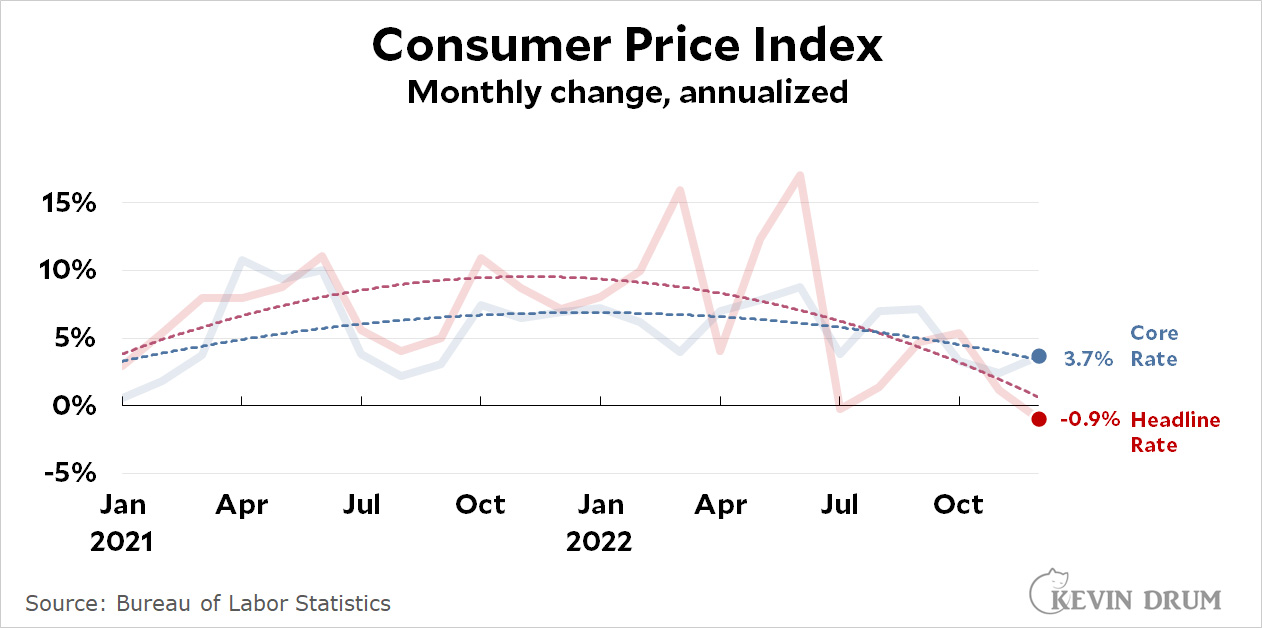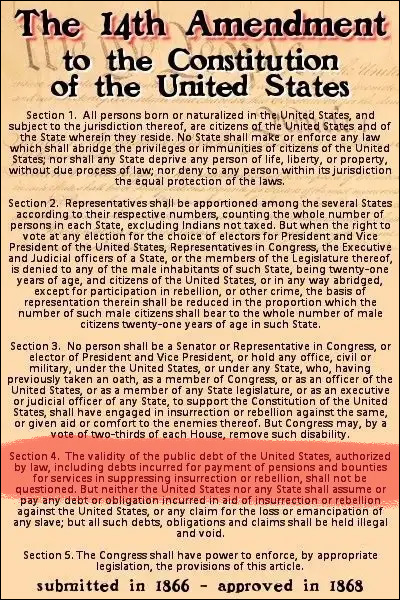Tyler Cowen points me today to a new study that investigates whether the gender wage gap is affected by family leave laws. The basic strategy is to look at the gender gap by state and compare wages before and after family leave acts were passed. That's a sensible approach.
Long story short, the authors conclude that family leave laws do indeed affect the wage gap. Here's their chart for the gender wage gap on a national basis. To avoid racial confoundments, they compare white women to white men.
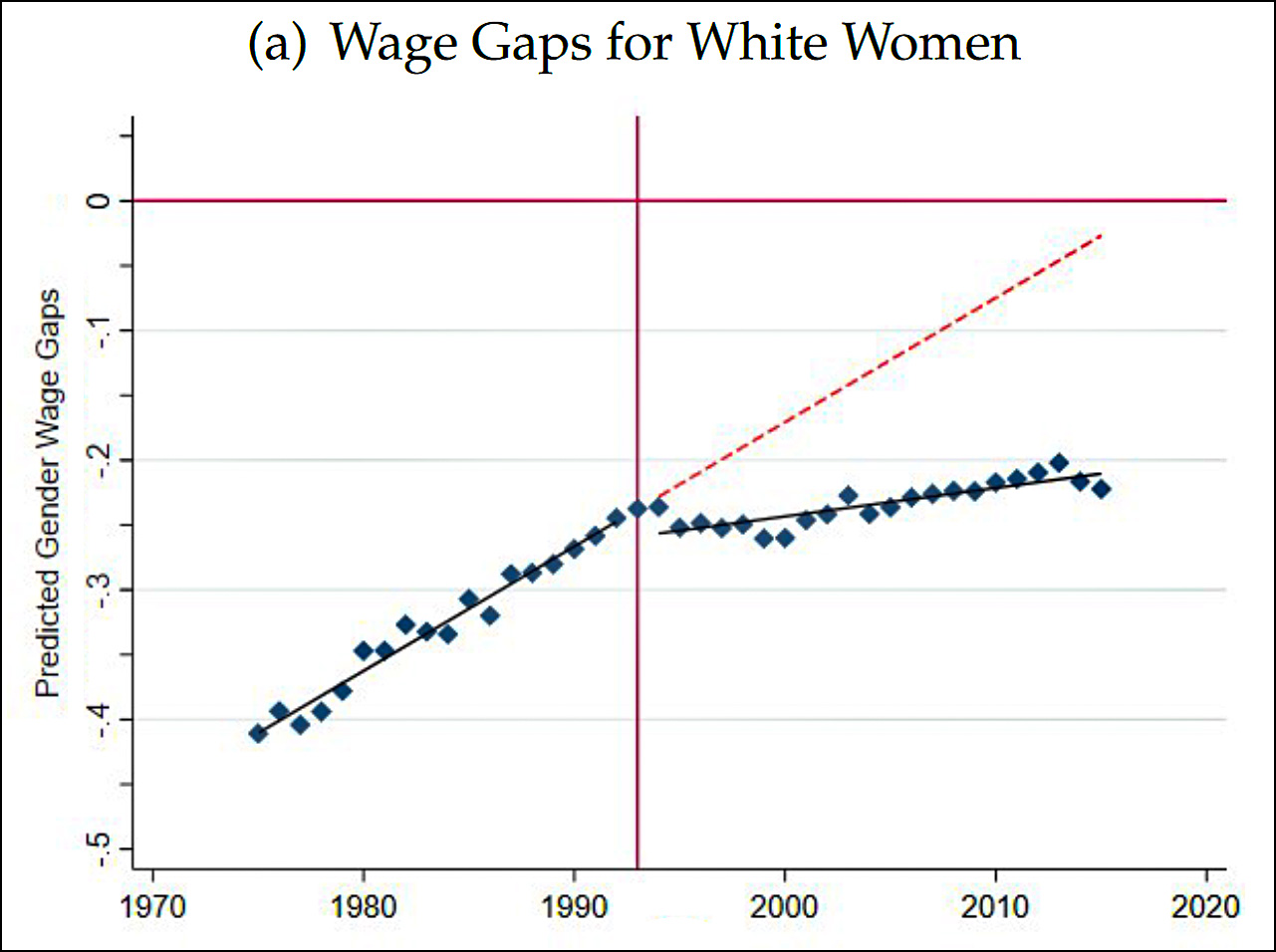 The vertical red line shows the passage of the Family and Medical Leave Act under Bill Clinton. Sure enough, women were quickly closing the gap until then, but after that their progress slowed down dramatically. This is a little weird, though, because I've never seen a chart like this. Here's the same thing using ordinary old wage income available from the BLS and the Census Bureau:
The vertical red line shows the passage of the Family and Medical Leave Act under Bill Clinton. Sure enough, women were quickly closing the gap until then, but after that their progress slowed down dramatically. This is a little weird, though, because I've never seen a chart like this. Here's the same thing using ordinary old wage income available from the BLS and the Census Bureau:
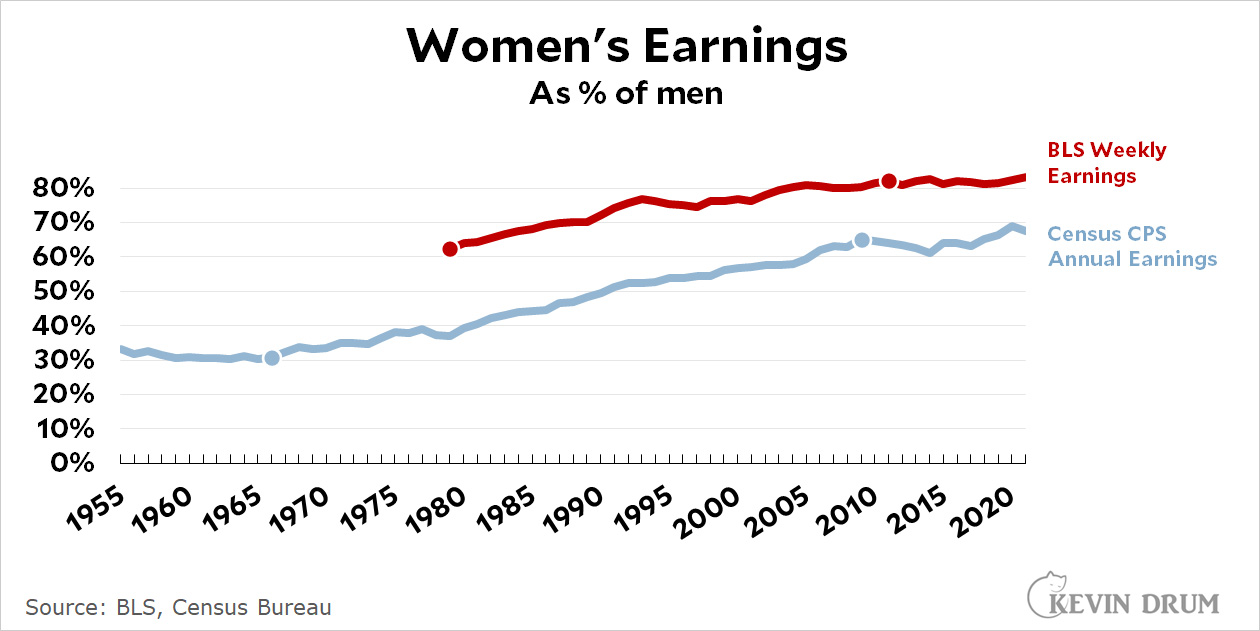 The BLS counts only full-time workers while the Census counts everyone, which is why the numbers are different. However, they both show similar progress toward closing the wage gap and they both show that progress staying about the same until the Great Recession in 2009. Nothing at all happens in 1993.
The BLS counts only full-time workers while the Census counts everyone, which is why the numbers are different. However, they both show similar progress toward closing the wage gap and they both show that progress staying about the same until the Great Recession in 2009. Nothing at all happens in 1993.
But let's assume the study authors did their arithmetic more carefully than me and something really did happen to the wage gap in 1993. They acknowledge that it's difficult to blame FMLA alone for this, since both welfare reform and an EITC increase were passed around the same time. However, after using up the entire Greek alphabet they conclude that it was indeed FMLA at work. In fact, FMLA accounts for virtually the entire effect.
I'm already a little skeptical for two reasons. First, the authors use a tremendous amount of modeling to get their results. Second, it's too perfect: FMLA passed and almost instantly progress on the wage gap slowed down substantially. That's a little hard to believe.
But let's continue anyway. Just exactly what was FMLA responsible for?
In the decade prior to the passage of the family-leave policy, wages for white men are stable. After the passage of a family-leave policy, wages for white men grow steadily to levels that are more than $1 per hour higher.
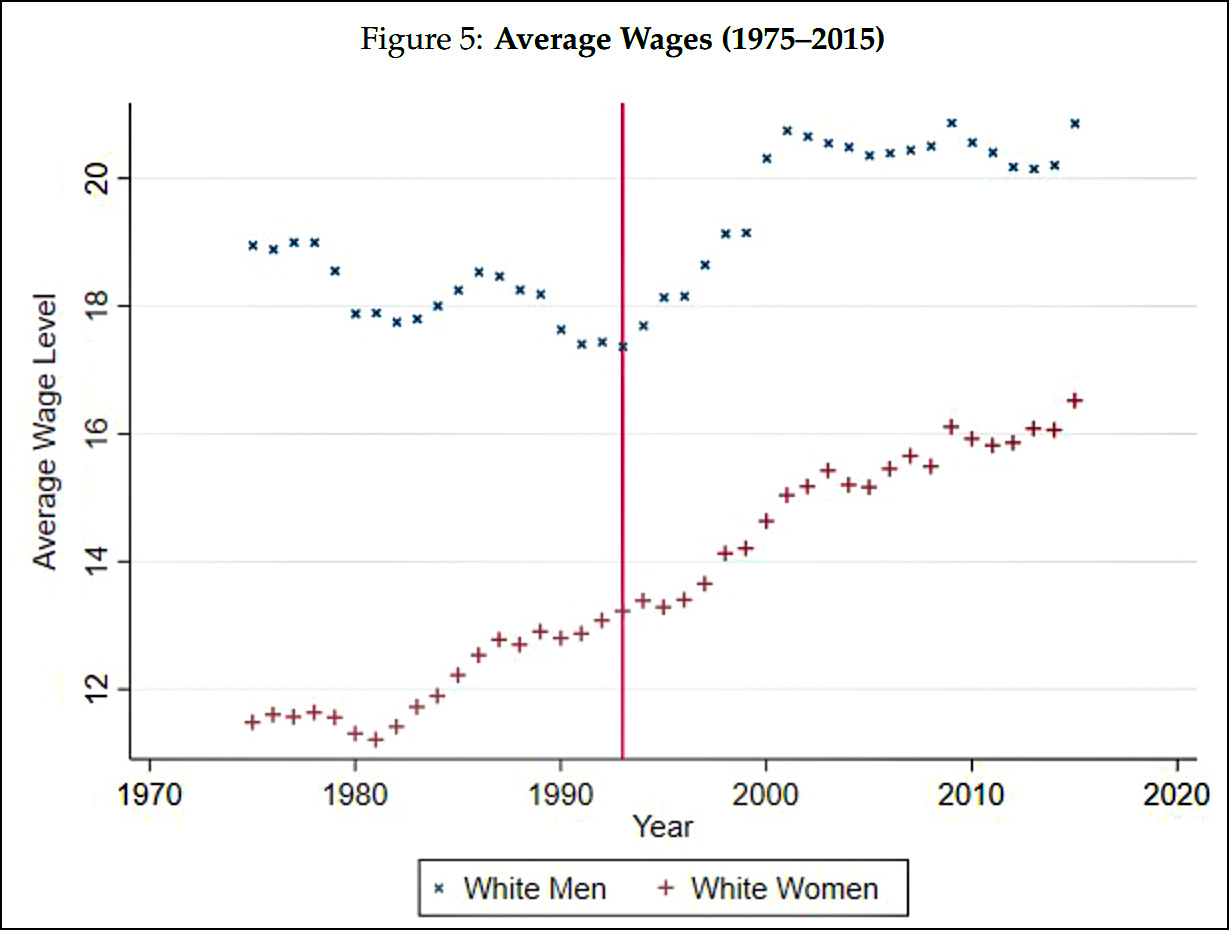 By contrast, [] prior to the implementation of a leave policy, white women’s wages are increasing steadily to a level that is nearly $1 per hour higher than one decade prior. After the policy, white women’s wages continue to grow at nearly the same annualized rate compared to before the policy.
By contrast, [] prior to the implementation of a leave policy, white women’s wages are increasing steadily to a level that is nearly $1 per hour higher than one decade prior. After the policy, white women’s wages continue to grow at nearly the same annualized rate compared to before the policy.
In short: The growth of women's wages were unaffected but the growth of men's wages accelerated.
I just don't know about this. Aside from my other issues, I can't think of a mechanism for this. Why would men's wages suddenly accelerate after passage of a family leave act?
The authors don't try to address this, which is fine. If they don't know, they don't know. Still, you'd really like to have some idea of how this could work, especially when the results are so head scratching. After all, most European countries have better family leave policies than us and they have lower gender wage gaps:
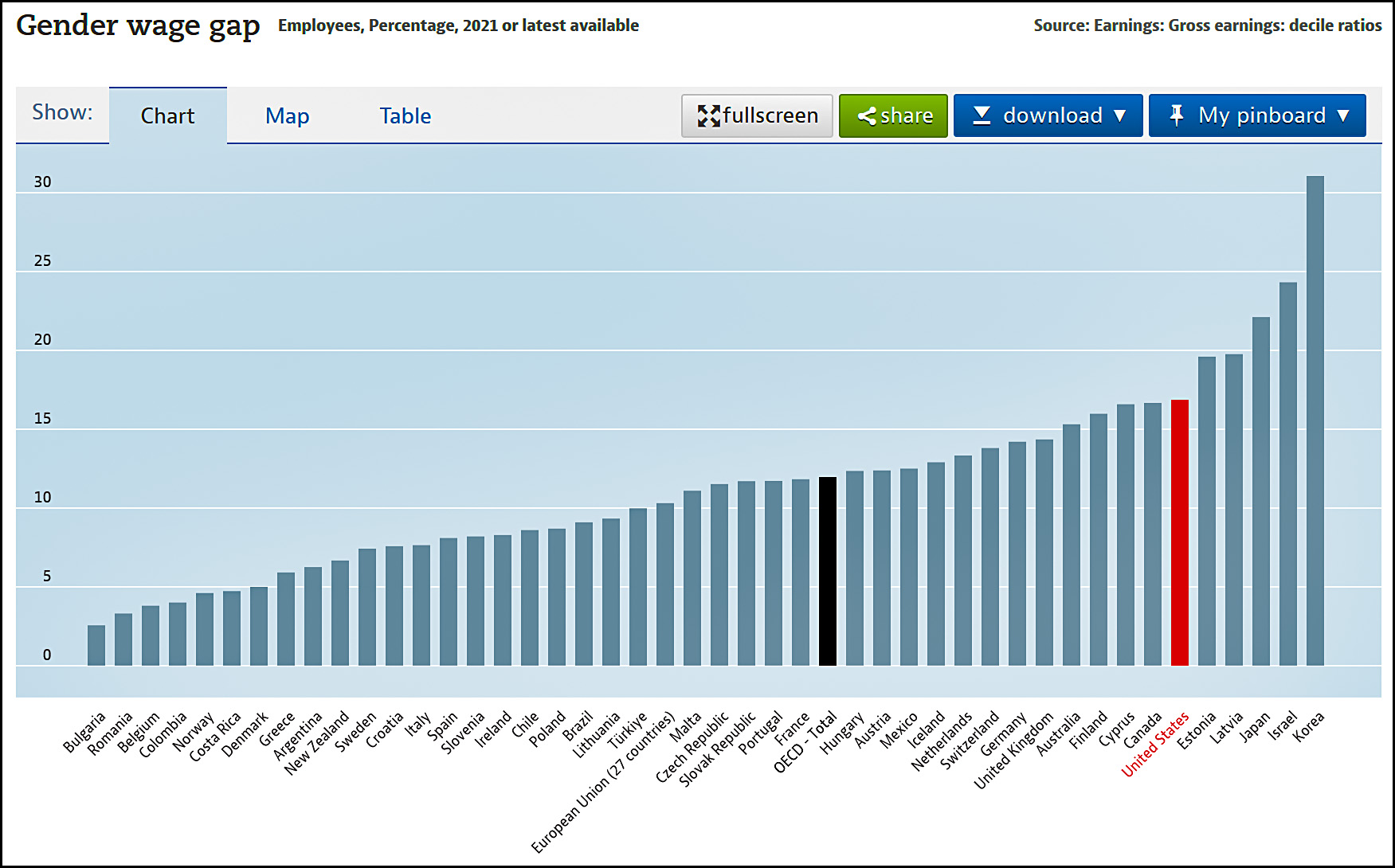 Maybe I'm missing something here, but if I am I don't know what it is. For the time being, put me down as agnostic about this.
Maybe I'm missing something here, but if I am I don't know what it is. For the time being, put me down as agnostic about this.
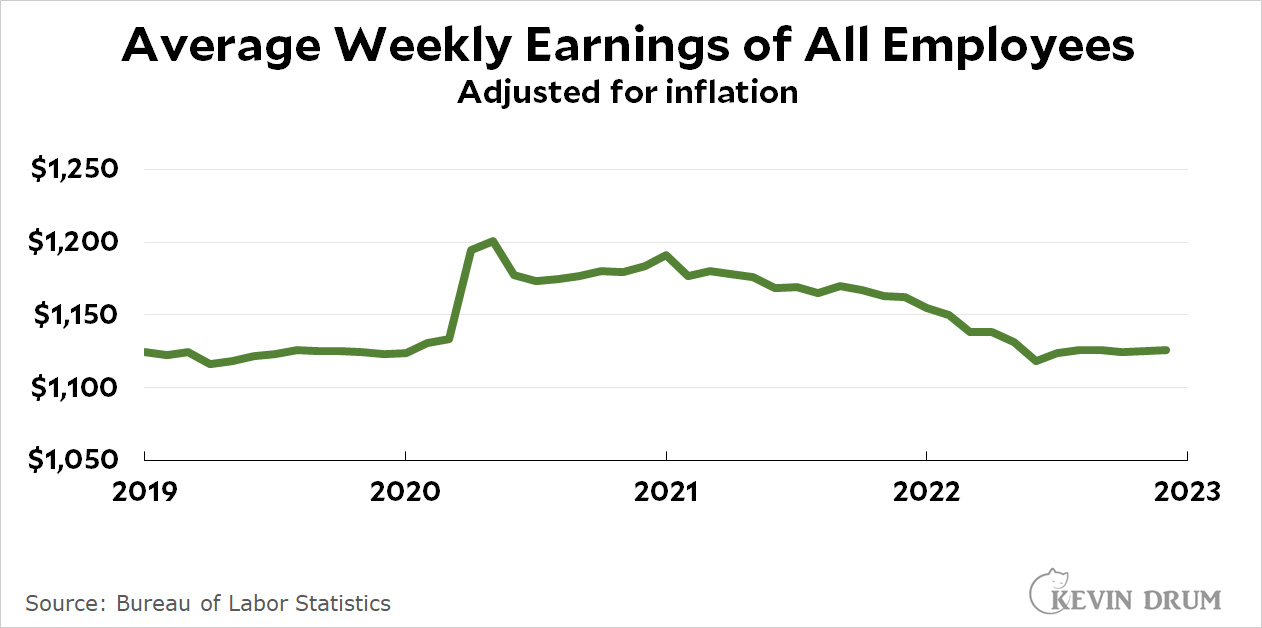 Unfortunately, this is good news. Weak wage growth might be bad for workers, but it's good for inflation. Along with the great CPI numbers, this should go a long way toward convincing the Fed to ease up on the rate hikes.
Unfortunately, this is good news. Weak wage growth might be bad for workers, but it's good for inflation. Along with the great CPI numbers, this should go a long way toward convincing the Fed to ease up on the rate hikes.
